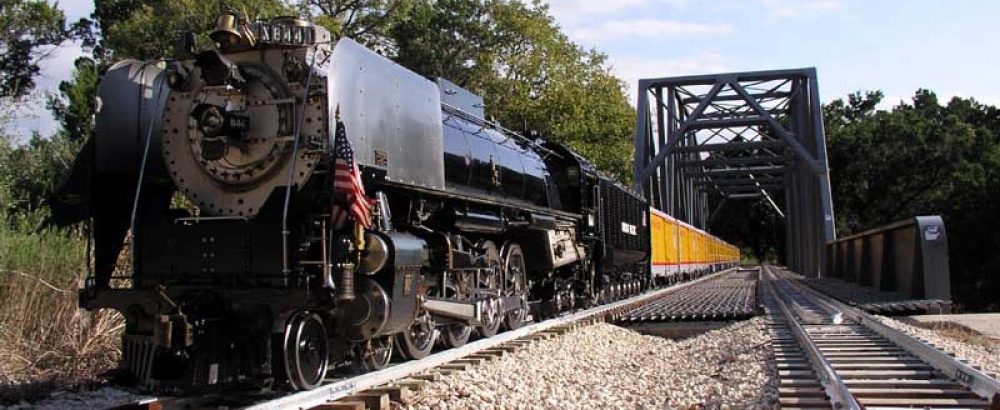I have run on many tracks across the United States, England, and New Zealand. I have seen only a handful of railroads that supported full-time bi-directional running with automatic signals. Continue reading
New Feature: Auto Return To “Normal” Routing
The system now supports switches automatically returning to a “Normal” routing after a designated timeout.
Continue readingNew Video Posted
I have added a short video showing the injection molding of my signal heads.
Continue readingNew BC002 Users Manual Released
The BC002 Users Manual has been updated to reflect current hardware and firmware revisions.
Continue readingA Reliable Train Detector For Existing Signal Systems
Living With Lightning
 Our ride-on railroads are outdoor railroads. In addition to being able to enjoy the outdoors, we have to contend with nature’s wrath. One of the things we need to deal with is lightning.
Our ride-on railroads are outdoor railroads. In addition to being able to enjoy the outdoors, we have to contend with nature’s wrath. One of the things we need to deal with is lightning.
The Viability of Solid-State Components for Signal Systems
 In this discussion I will present the advantages and challenges of using solid state components in signal systems for ride-on railroads. I will also discuss why I believe these solid state automatic signals have many advantages over other systems. Continue reading
In this discussion I will present the advantages and challenges of using solid state components in signal systems for ride-on railroads. I will also discuss why I believe these solid state automatic signals have many advantages over other systems. Continue reading
Improving Traffic Flow: Signaling A Wye
 In this discussion I will show how a wye can be signaled to maximize traffic flow but still de-conflict opposing traffic. Continue reading
In this discussion I will show how a wye can be signaled to maximize traffic flow but still de-conflict opposing traffic. Continue reading
Why ABS or APB Signals Are Not Sufficient
 In this discussion I will attempt to lay out why ABS and APB signals alone are not the answer for ride-on railroad signals. Continue reading
In this discussion I will attempt to lay out why ABS and APB signals alone are not the answer for ride-on railroad signals. Continue reading
Other approaches to automatic signals: ‘Trip Tracks’ and ‘Axle Counting’

In an attempt to keep costs down but still have “Automatic Signals” some railroads have turned to systems that do not use “Track Circuit train detection” but rather “Trip Tracks” or “Axle Counting”. I will discuss why these systems should be avoided if possible. Continue reading
Problems With Traditional Approaches To Automatic Signals
Traditional approaches to automatic signaling use track circuit sensing and relays in a manner similar to full-scale railroads.
In many cases this works fine until longer track segments are required, central monitoring is desired, or you want to add CTC capabilities. Continue reading


